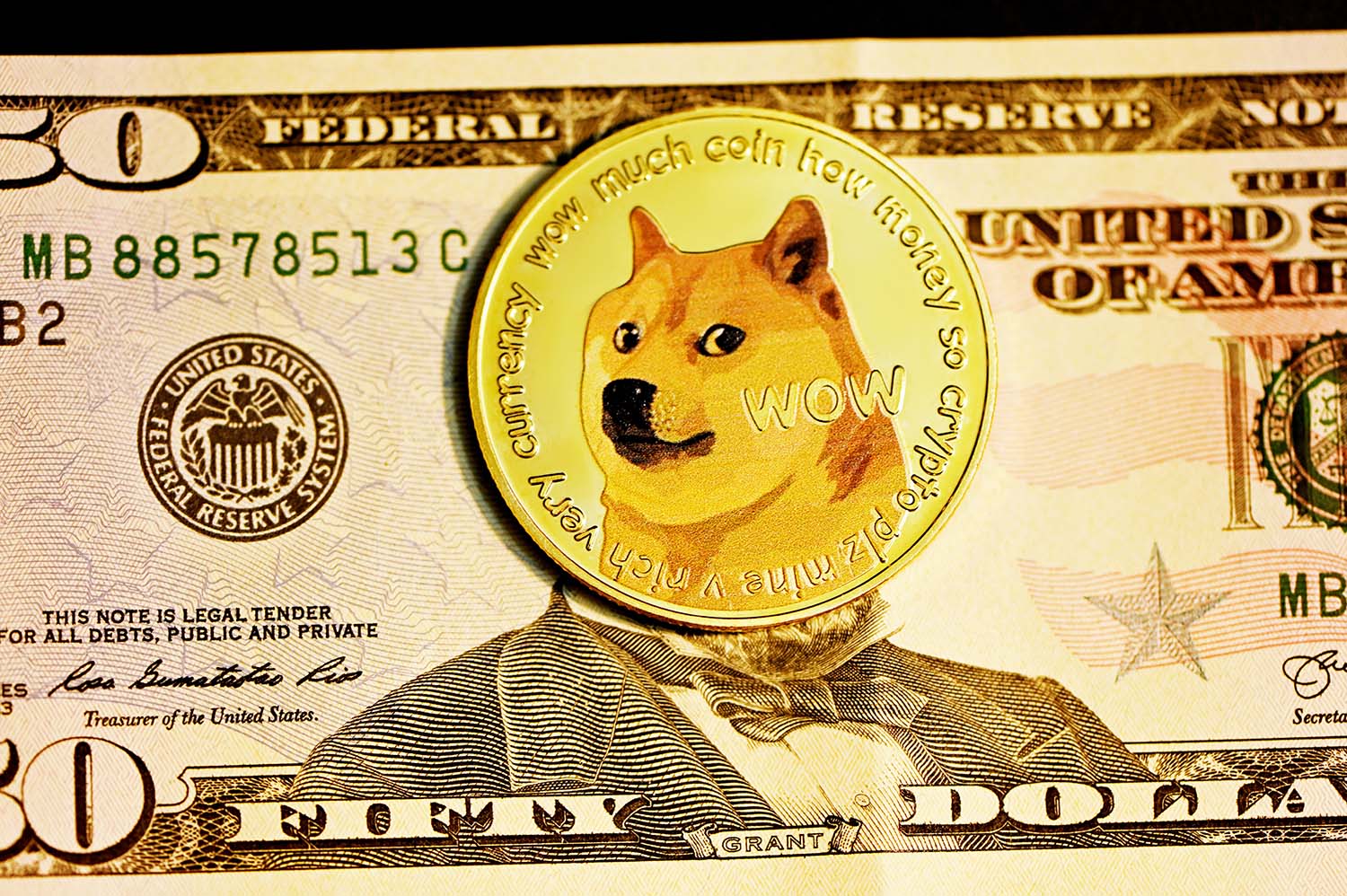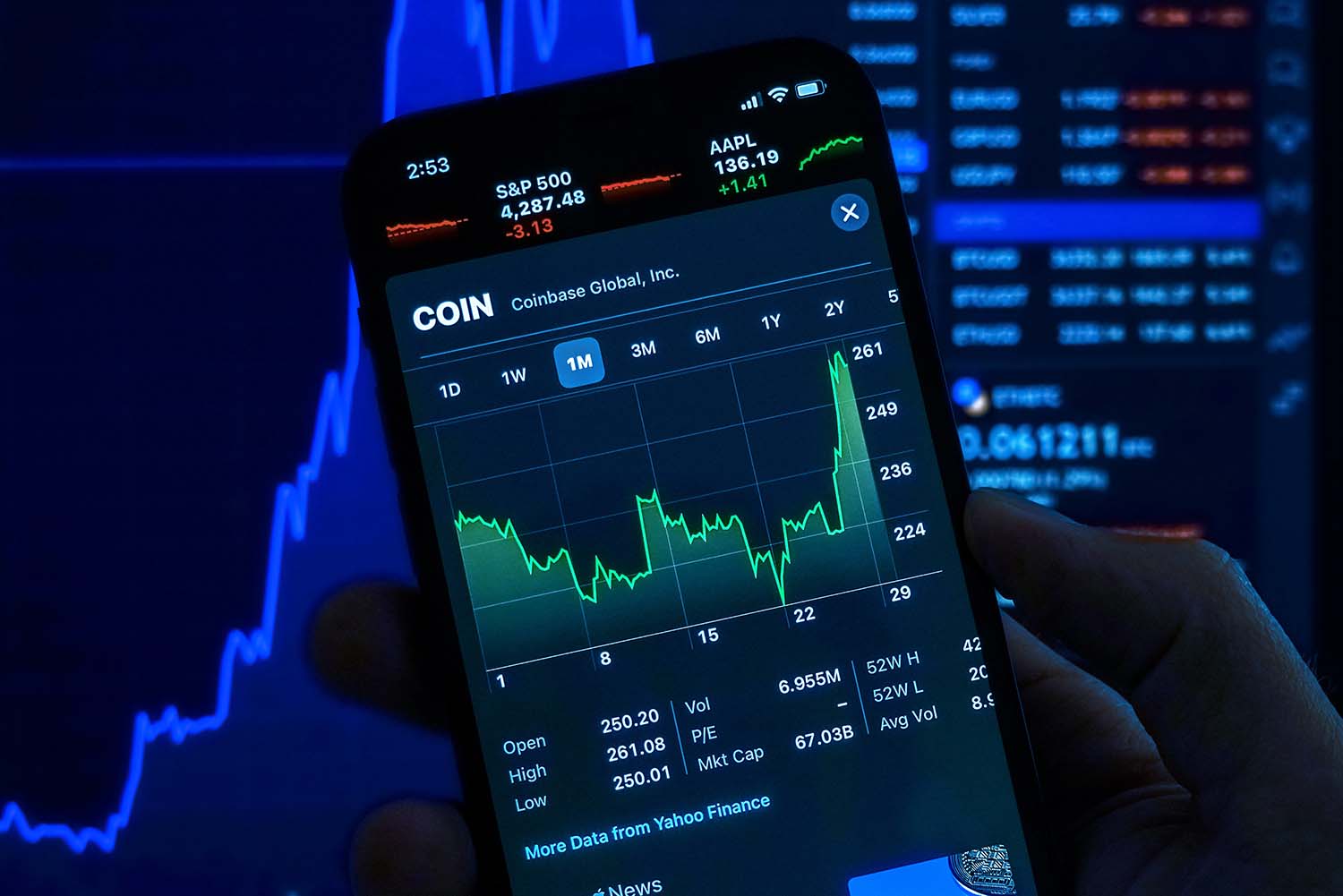NFT token launch heralds new era for creators

Dogecoin might have seemed top crypto at the time, but it was just a meme of things to come.
NFTs had a real moment about 18 months ago that was all the buzz and really disproved the cultural importance of a new economy for artists. Minting NFTs has given creators direct access to collectors and vice versa, putting more money in creative pockets and kick-starting a global boom in art sales. The boom featured bona fide art world icons like Damien Hirst who got involved in the game.
A bear market may have taken hold and much of the buzz surrounding digital NFT bears in the mainstream has died down, but what remains is a steady interest in a new ownership model for creative assets in a digital era. And far from a waning interest in NFTs, Metaplex, the world’s largest NFT ecosystem, marked 312,000 NFTs in one day in September; a new record for the platform and NFTs.
More than $3 billion in primary and secondary sales have occurred on top of the Metaplex technology since it was founded just over a year ago, via the minting and reselling of 19 million NFTs. And last month it launched its own token, giving its technology its very own currency.

Photo, Kanchanara.
WTF is NFTs: A new ownership model for the arts
Many people have spent a lot of time explaining NFTs to an increasingly skeptical audience – see here for a user-friendly, fun explanation from Trevor Noah in 2021.
Much of the skepticism surrounding this burgeoning digital model is rooted in the mystique of cryptocurrency, blockchain, and Web3 in general. The benefits of decentralized ownership and direct access to customers aren’t immediately obvious to people who don’t spend their time traversing Discord or Telegram.
But owning an NFT can be compared to owning a film negative and its rights. Photographs and prints can be widely reproduced, but ultimately that artwork can only have one true owner.
In a world where art is created in increasingly digital formats, having a robust ownership model for digital assets is not only a matter of justice, but also of legal technicality. NFTs may be designed for the digital age, but the system could just as well apply to physical art. If an NFT is a unique identifier and sign of ownership, there’s no reason why it shouldn’t become the default model of ownership for creative assets IRL as well.
Royalties for everyone
Digital ownership and royalties have caused deep headaches since before Metallica sued Napster in the early noughties. So much creative content is made up of zeros and ones now, it’s ridiculously easy to replicate as data so there’s almost no barrier to widespread dissemination; eroding artists’ ability to add those zeros to their bank balances. Artists can’t get that paper…or that crypto.
However, because blockchain transactions are fully traceable and NFTs contain unique identification information, royalties are one of the best use cases for Web3 ecosystems so far.
Although a system for royalties is still in its infancy, the future of creativity is very promising. Creators using certain NFT platforms can program a contribution of 5-10% every time a digital asset is traded. An automated, traceable system for royalties is the kind of utopian fantasy only artists could dream of; and as engineers that the Metaplex team can perform.

Snoop Dogg and Eminem as their Bored Ape NFTs.
Is decentralized finance just another system of influence?
A key characteristic of the NFT world has been the audiences it has attracted, from professional athletes to famous musicians. While Michael Jordan and Alan Iverson were early investors in Metaplex, Snoop Dogg is known to have a whole portfolio of NFTs. These aren’t just your average Insta-famous hot yoga bodies, nor are they the group you’d typically think of as Wall Street types. But they are masters of Web2…
To date, the clearest use case for NFTs is to build the early primitives of Web3 social networks, which by design are not owned by a large company or gatekeeper. The best NFT collections serve a purpose greater than art; their members consider themselves to be part of a community with common interests. They follow each other on traditional social channels, they attend parties and other events together, play games together, and so on.
Celebrities are already big in the Web2 social world and have perfected how to leverage Web2 social channels like Instagram and TikTok to engage with their fan communities. Web3 social networks offer unique advantages over Web2 social networks, and we believe that celebrities will continue to lean into these advantages as NFT technology continues to evolve.
Digital goods
NFTs have been used for event ticketing, content porting, music releases, merchandise distribution, as well as a way for fans to express their identity, especially when their personal brands are wrapped up in a celebrity fan community. Because there is no gatekeeper, there is no algorithm that determines when or how often a celebrity can engage with their community. Metaplex develops technologies that are fully controlled by the artist, making these use cases easier to implement and scale.

Photo, Jeremy Bezanger.
Show Me The Green (Crypto)
Crypto markets have fluctuated all over the place, but one thing that has made Metaplex a boon for creators is that it is a cheaper and more eco-friendly alternative to most crypto/blockchains, offering NFT mining fees of $0.15 versus $55—$200 . Low minting costs also allow creators to develop artistic NFTs that are lower in price and thus more accessible to the average consumer.
The platform prepared NFTs for the metaverse and recently launched compression that makes it almost free to create millions of NFTs simultaneously. This is critical for game developers, events and other large creators who want to enable NFTs at a level hindered by current costs.
A sign for your thoughts
In September, Metaplex launched the MPLX token to offer value to active community participants. MPLX is a utility and governance token for the Metaplex protocol and was issued as a method of decentralized governance for future projects and strategic decisions.
Its related decentralized autonomous organizational structure ensures that the web3 ethos of empowerment and transparent governance remains within the DNA of the Metaplex ecosystem. Creators, developers, marketplaces and collectors will benefit from the token as the community builds it into the entire ecosystem.
According to Metaplex Foundation CEO Stephen Hess: “It’s an honor for us to wake up every day and serve our community as they push the boundaries of technology. The MPLX token represents our commitment to empower creators and turn the Web2 model on its head by building a platform that can be owned, shaped and controlled by those who use it.”
Do art justice
The Web3 industry is young, and as with any new industry, it is still figuring out its best business practices. NFT and Web3 are technologies that should be free for artists of all kinds, and companies like Metaplex are socializing and democratizing the forefront.
The new token will connect artists directly to markets, promote their independence and, most importantly, empower them creatively and financially.























